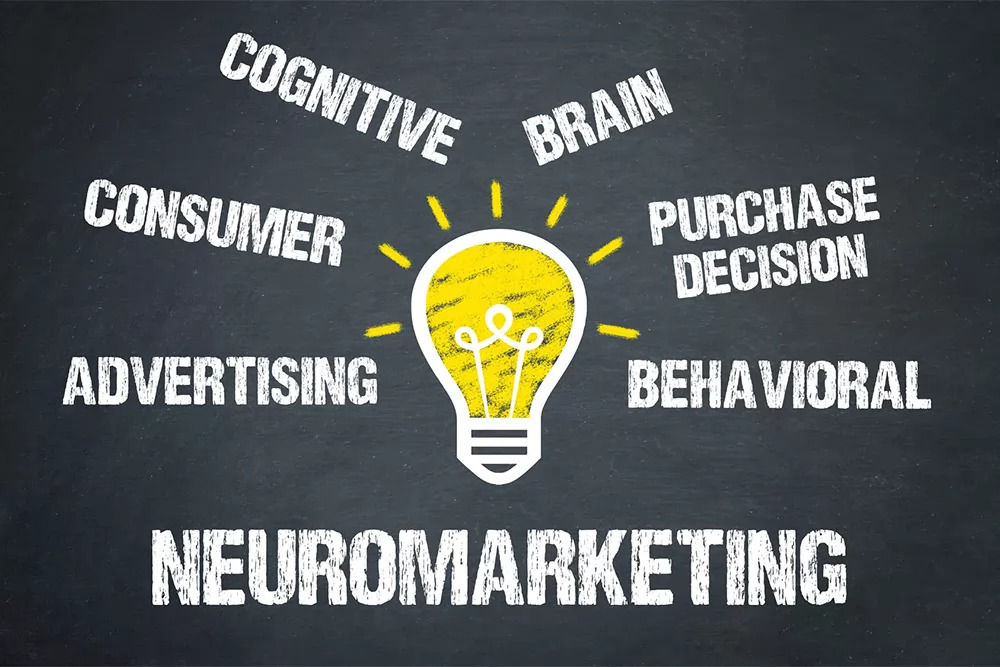
What motivates consumers to purchase specific brands? How can we tell if a television commercial will be successful? And how should a store be set up? These are crucial questions in the field of neuromarketing. But what exactly isneuromarketing? Is everything about research? Is it also about putting theories into practice? And what role does psychology play in this?
There are a lot of doubts revolving around neuromarketing. We’ve curated this blog post that helps clear out all of these doubts and provides a better understanding of neuroscience and marketing.
What is neuromarketing?
Neuromarketing is a strategic approach that implements neuroscience and behavioural science knowledge to precisely determine customer needs, preferences, and desires. It analyses consumers’ reactions to marketing stimuli and evaluates non-conscious responses to specific ad campaigns, packaging, design, and so on. The approach aids in the development of successful advertising campaigns and strategies that are appealing to the target audience.
Why is neuromarketing important?
Neuromarketing incorporates various techniques that allow brands to understand and meet the needs and preferences of their customers. They can also explore how customers react to various types of advertisements, campaigns, and packaging designs. As a result, businesses can select the best option from among those available and improve the effectiveness of campaigns and strategies.
Aside from the reasons mentioned above, you can reap much more benefits from neuromarketing:
- Identify customers’ unconscious reactions to various ads, designs, and methods;
- Create new and unique strategies;
- Resonate with the audience’s requirements and desires;
- Enhance the effectiveness of advertising campaigns and strategies.
- Analyse the feelings and emotions that specific advertisements, logos, and phrases can induce in customers.
- Improve customer satisfaction;
- Drive sales;
- Gain a competitive edge
Marketers can use neuroscience in marketing to determine product elements that induce a favourable response from consumers and thus drive sales.
How does neuromarketing work?
Neuromarketing research looks into how individuals respond physiologically to marketing messages using technologies that monitor brain activity and biometrics (such as heart rate, eye movement, galvanic skin response, EEG imaging, and fMRI scans of the brain, facial coding, and so on).
What is the difference between neuromarketing and consumer neuroscience?
Neuromarketing and consumer neuroscience are two terms that are often used interchangeably, but they are actually quite different.
Neuromarketing focuses on how people make decisions and how those decisions relate to brain activity. Neuromarketers use brain imaging techniques to see what happens in the brain when you’re making a decision. Consumer neuroscience focuses on how your brain makes decisions, but it also tries to figure out what makes you buy something or not buy something. This is important because marketing campaigns can target people based on their neurobiology.
Neuromarketing is a relatively new field of research, which stems from the idea that people can be taught to change their behaviour through behavioural economics. This approach is based on the idea that we make decisions based on our emotions and not our rational thoughts. Consumer neuroscience focuses on how consumers interact with products and services in order to understand what they like or dislike about a product or service.
In short, neuromarketing looks at how consumers make decisions and consumer neuroscience looks at how people think about products and brands.
To obtain a credential in neuromarketing, check out the program offered by the FORE School of Management.
